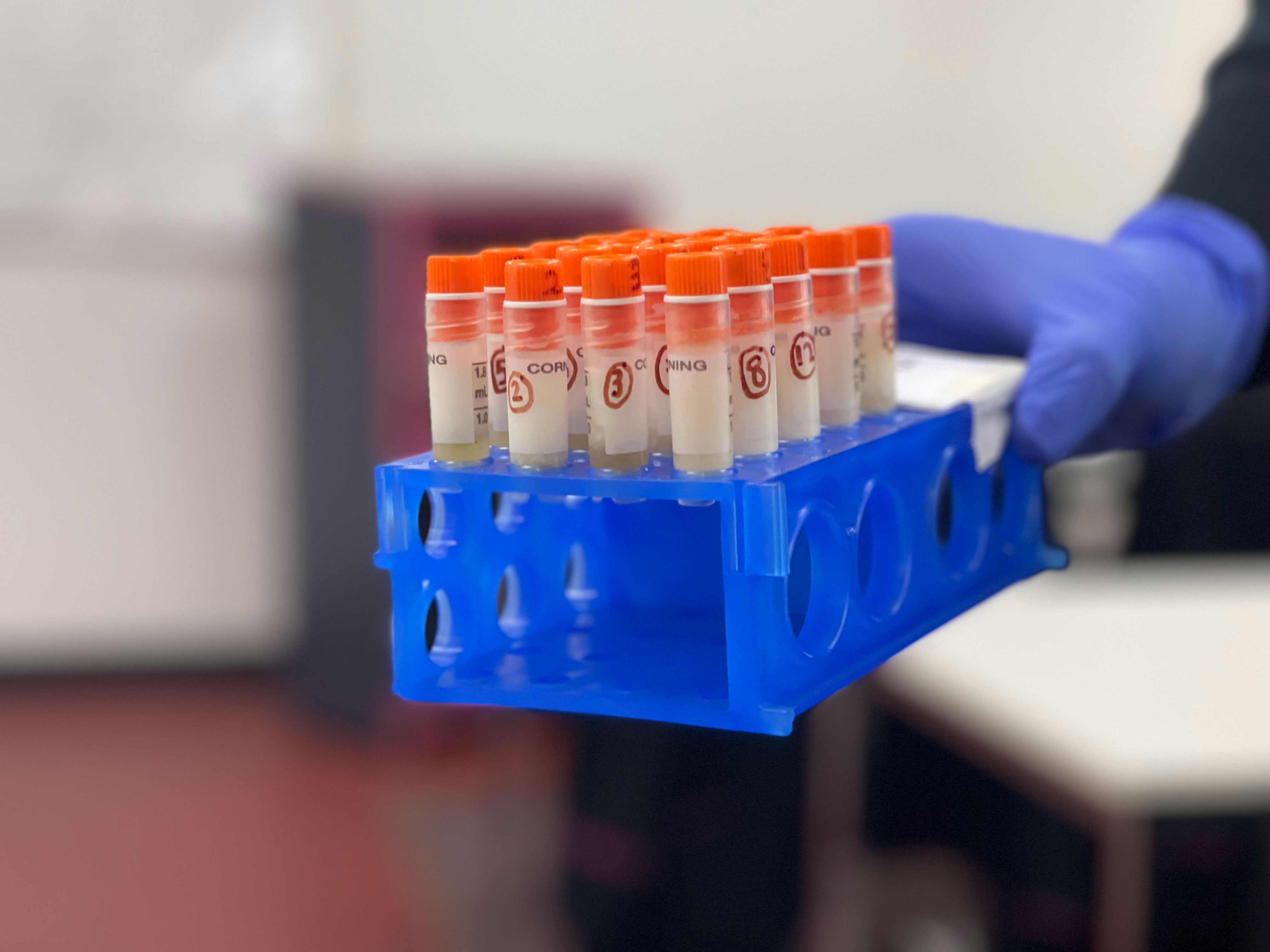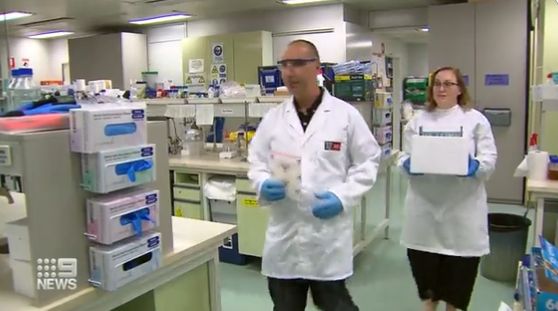Space-loving students find milky way to grow yoghurt in orbit

Bacteria has been sent to the International Space Station on a SpaceX rocket to test the possibilities of creating yoghurt in space.
In summary
- High school students have sent bacteria on a SpaceX rocket to the International Space Station to test the possibilities of creating yoghurt in space.
- It is part of an 11-week program called the Swinburne Space Youth Innovation Challenge
- Students were asked to design and develop an experiment that could efficiently help improve astronaut health and wellbeing by growing good bacteria in space.
High school students from across Victoria are boldly growing where no students have grown before, sending bacteria on a SpaceX rocket to the International Space Station to test the possibilities of creating yoghurt in space.
The experiments are part of the Swinburne Space Youth Innovation Challenge, which asked students to design and develop an experiment that could efficiently help improve astronaut health and wellbeing by growing good bacteria in space.
Students pitched their ideas to a panel of space industry experts, with the winning team working with Swinburne’s microgravity experimentation team and the SHINE program to send six vials to the International Space Station on 21 December 2021.
Astrophysicist Dr Sara Webb, who leads the Swinburne Space Youth Innovation Challenge, praised the hard work of the students over the one-of-a-kind 11-week program.
‘These experiments could be an important step towards astronauts being self-sustaining and able to grow everything they need in space.’
‘The students demonstrated the kind of innovative thinking, practicality and perseverance that is required to succeed in space. By combining creativity and technology, they’ve helped support our ambitious goals in space research and exploration in the 21st century.’

Dr Huseyin Sumer and Dr Sara Webb featured on NineNews while they prepared the samples to be transported via a SpaceX rocket to the International Space Station.
Why yoghurt?
Dr Sara Webb explains why yoghurt was selected for the program.
‘Sending stuff to space is expensive so the more that can be produced up there, the better. Yoghurt is not only filled with probiotics that promote a healthy gut biome but is also relatively simple to make.’
‘However, we don’t know how the unique challenges of microgravity will impact the creation of good bacteria. And that’s where our student experiments come in.’
‘There is still much we have to learn when it comes to space and our students are making a real contribution to this critical research.’

Both the winning and runner up teams came from Viewbank College in 2021.
About the program
Launched in 2021, the Swinburne Space Youth Innovation Challenge is a unique university and space science experience for Year 10 and 11 students.
Teams of students from four schools worked together to complete a micro unit in space applications, with tailored learning content from the Space Technology co-major at Swinburne.
‘Students get a real taste of what it’s like to study space science at Swinburne University of Technology. They leave the program with a strong theoretical and technical base of knowledge, as well as the experience of sending a real experiment into space.’
Students learn about astronomy, the global space ecosystem, space law, Australia’s space industry, and experimentation in space.
After designing an experiment, students develop a five-minute pitch, with the winner given the opportunity to work closely with a team of Swinburne scientists and experts to finesse their work.
Runners up also get to send something to space – thanks to Swinburne’s partnership with biotech company, Rhodium Scientific - working off a science brief to design their experimental vials.
Swinburne also runs SHINE, a joint program with Haileybury, where six exceptional students get to work with researchers from Swinburne to develop and research a microgravity experiment from start to finish. They are charged with leading their project and each student has a dedicated role throughout the intensive project.
-
Media Enquiries
Related articles
-

- Technology
- Science
- Engineering
Victorian students drive green energy transition through international hydrogen competition
Swinburne’s KIOSC, in collaboration with Horizon Educational and Gippsland Tech School, co-hosted the Hydrogen Grand Prix in Melbourne.Friday 26 July 2024 -

- Science
Skin, scales and fish tails: using collagen to turn fish guts into gold
New research from Swinburne could transform the sector by converting high value collagen proteins from seafood by-products into cosmetics, food, and pharmaceuticals.
Tuesday 02 July 2024 -

- Astronomy
High school students work with Swinburne astronomers on the future of space
Swinburne’s Youth Space Innovation Challenge has inspired over 330 Australian teenagers to pursue a career in STEM.
Friday 26 July 2024 -

- Science
- Engineering
Submarines in the future could self-identify cracks and self-heal thanks to Swinburne researcher
Thanks to the work of Dr Nisa Salim from Swinburne University of Technology’s School of Engineering, future submarines could self-identify microcracks and self-heal using a new kind of carbon fibre reinforced polymer composites.
Monday 17 June 2024 -

- Science
Inaugural Swinburne-CSIRO Indigenous Research Fellow joins national water quality forecasting project
Swinburne University of Technology has appointed spatial ecologist Associate Professor Sally Waller as its inaugural Swinburne-CSIRO Indigenous Research Fellow...
Thursday 13 June 2024

